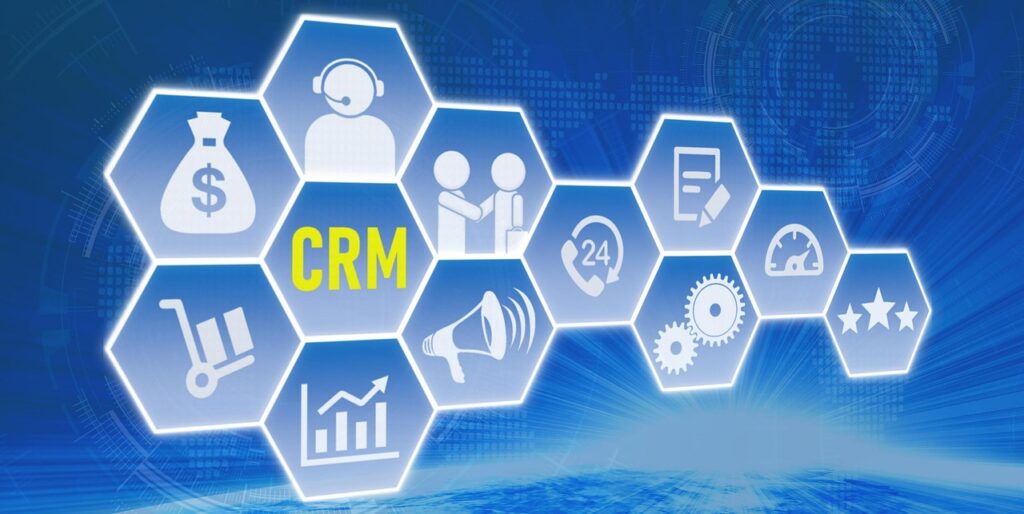DYNAMICS 365 CRM CONSULTING
The Untold Truth About Implementing Dynamics 365 CRM: What No One Tells You Part 2

Article Links
What is the CRM Price Tag?
Unveiling the Truth in Part 2: The True Costs of Dynamics 365 CRM
“Just when I thought I had my budget under control, Dynamics 365 CRM threw me a curveball!”
This isn’t meant to scare you but rather prepare you for the journey ahead. Understanding these deeper aspects will help ensure that when you embark on implementing Dynamics 365 CRM, you’re equipped with realistic expectations about the CRM price tag—and maybe even a laugh or two along the way!
Your Next Steps Towards Mastery: Beyond the CRM Price Tag
The implementation process doesn’t have to be overwhelming. By prioritizing understanding over mere adoption, you’ll pave the way for success with Dynamics 365. For more insights into navigating this territory dive deeper into tailored training options available through our experts at Dominic Systems.
Another way of looking at it is that planning makes the whole exercise less stressful and more productive.
Your adventure into mastering Dynamics 365 CRM begins now—so grab those layers of complexity and start working towards revealing all their benefits.
The Learning Curve: Mastering Dynamics 365 CRM
When you think about implementing Dynamics 365 CRM, the immediate costs often come to mind—licensing fees, potential hardware upgrades, and maybe even some flashy training sessions. But hold on a second; before you dive headfirst into budgeting, let’s explore some hidden costs that might take you by surprise.
The Hidden Costs of Dynamics 365 CRM Implementation
When you think about implementing Dynamics 365 CRM, the immediate costs often come to mind—licensing fees, potential hardware upgrades, and maybe even some flashy training sessions. But hold on a second; before you dive headfirst into budgeting, let’s explore some hidden costs that might take you by surprise.
The Invisible Price Tag of Change: CRM Team Adoption
Just like an iceberg, most expenses can lie beneath the surface. Here are some hidden costs you might encounter:
- User Training: Sure, you’ve got a snazzy new system, but if your team doesn’t know how to use it effectively, it’s like having a Ferrari and only knowing how to drive it in reverse. Depending on your team’s size and tech-savviness, additional training may be necessary—don’t underestimate this factor.
- Integration Expenses: Integrating Dynamics 365 CRM with existing systems (like ERP) can become a costly affair if you encounter unforeseen compatibility issues. Sometimes, additional tools or specialized connectors are required to ensure seamless communication between systems. Verify that your critical integration points can be efficiently handled before you choose a CRM system and a partner to implement it.
- Custom Development Costs: Need unique functionalities? You might find yourself needing customizations. Dynamics 365 covers many configurations internally, minimizing ‘customization.’ Your partner should identify necessary custom developments, allowing you to assess costs and risks.
Customization: A Double-Edged Sword
Speaking of customization – the word that can send shivers down the spine of even the most seasoned Dynamics 365 CRM users – are there unique requirements from your organization that actually require customization?
Here we want to make an important distinction between ‘customization’ and ‘configuration’. With the widespread adoption of SaaS solutions like Dynamics 365, the landscape has evolved. A key feature of true SaaS is uniformity across users—they all use the same system but configured to their specific needs. That is an important distinction from the old school way of doing things where ‘configuration’ was actually customization. Some so-called SaaS solutions are merely ‘screen-scrapes’ or ‘hosted’ solutions that require more maintenance and support than true SaaS solutions.
When you ‘customize’ a system, you start a journey down a lonely road all by yourself. Custom components must always be tested, upgraded and maintained to ensure they continue to work as the core system evolves. Does AI, for example, affect any of your customizations? If it does, then there is work to be done to make sure the customizations continue to operate correctly.
When you configure a solution like Dynamics 365, you are ‘drawing inside the lines’. Your changes automatically stay updated as the system evolves, for example, including AI Copilot. You exert minimal effort, and developers aren’t needed for re-customizations.
Sometimes, however, you really do need a custom piece or two. Ensure you have a partner who can support and upgrade future customizations. A cooperative partner provides access to relevant source code, making you less dependent on key individuals.
This is Part 2 in our “Untold Truth About Implementing Dynamics 365 CRM” Series of Blogs.
If you have challenges with Dynamics 365 CRM or have questions about CRM in general, please feel free to reach out: Contact Us